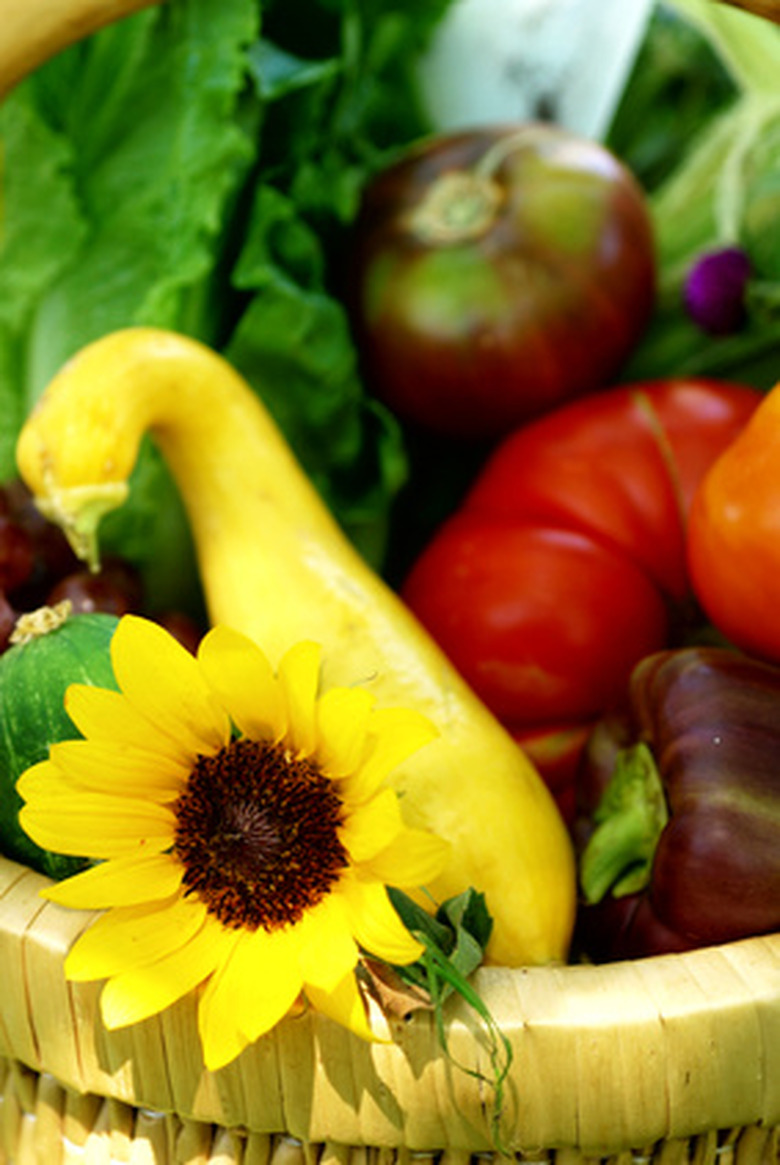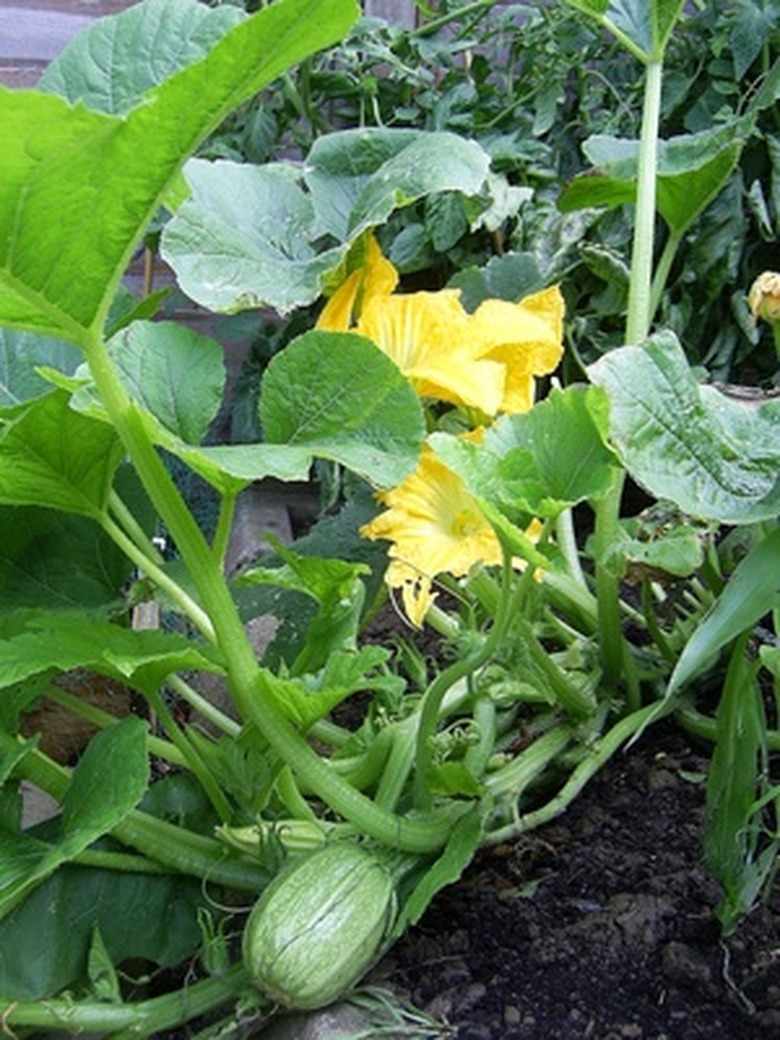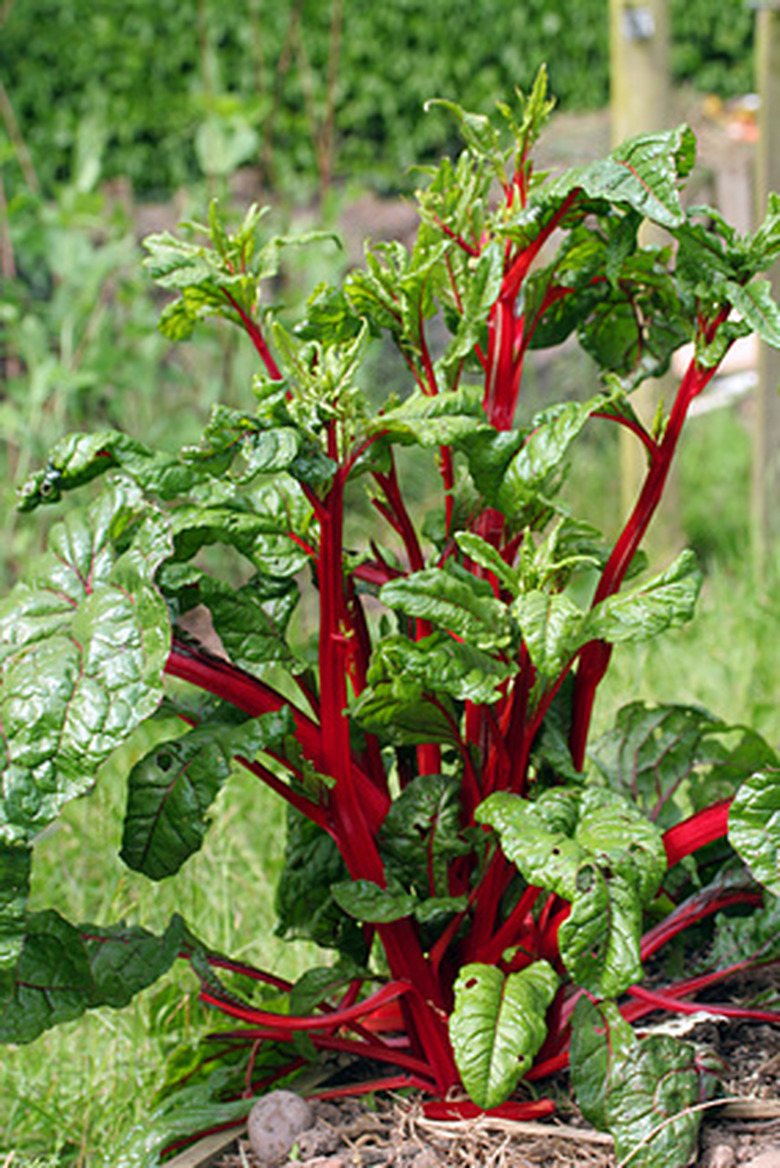The Best Bug Resistant Vegetables To Grow
There are several ways to grow bug resistant vegetables using organic, sustainable gardening methods. Vegetables are able to resist bugs when they are grown in healthy soil high in organic content. The microorganisms in compost feed soil nutrients to growing vegetable plants, which are then able to resist bug infestations. Plant vegetables with companion plants that help repel harmful pests.
Tomatoes
Ninety-five percent of home gardeners grow tomatoes. Hybrid varieties grown to resist bugs and disease are genetically altered, and the seed cannot be used the next year. The popular heirloom tomato 'Brandywine' remains the same plant generation to generation because it is not genetically altered. Bugs that typically become a problem on tomatoes are aphids, whitefly, and hornworms. Plant borage and nasturtiums near tomatoes to repel harmful bugs. Use a garlic/onion/pepper spray at the first sign of hornworm.
- There are several ways to grow bug resistant vegetables using organic, sustainable gardening methods.
- Hybrid varieties grown to resist bugs and disease are genetically altered, and the seed cannot be used the next year.
Squash
Plant zucchini, yellow crookneck and patty pan squash in the summer; and Hubbard, butternut, and acorn squash for winter harvest. All types of squash are susceptible to aphids and wilt disease. Keep the growing area clean of plant debris because that attracts harmful bugs. Do not irrigate in the evening; that encourages wilt. Beneficial insects such as green lacewings and ladybugs eat aphids. Good plants to use as companion plants to repel harmful bugs on squash are hot peppers, lemon balm and radish.
beans
Beans are traditionally a bug resistant vegetable to grow, and they provide abundant harvest. 'Scarlet Runner' beans have a bright red flower, are ready to pick at 70 days and bear continuously until frost. Pole beans grow over 6 feet high and need a support system. Prevent bug problems by growing with sweet corn and melon as mutually beneficial plants. Rhubarb protects beans against black fly.
- Plant zucchini, yellow crookneck and patty pan squash in the summer; and Hubbard, butternut, and acorn squash for winter harvest.
- Good plants to use as companion plants to repel harmful bugs on squash are hot peppers, lemon balm and radish.
Peas
Peas such as 'Sugar Daddy' and 'Oregon Sugar Pod' are among the earliest vegetables to plant in the spring. Peas are resistant to most harmful insect garden pests. They benefit from being planted with beans, carrots, celery, corn and cucumber. Grow petunias near peas as a good all-around bug repellent.
Chard
Swiss chard does well when planted with beans, cabbage and onions. Chards such as 'Fordhook Giant' and 'Bright Lights Mixed' are bug-resistant plants and easy to grow. Chard has no bug enemies, grows in full sun and can be harvested continuously from spring to summer. It is ready to harvest in 60 days.
- Peas such as 'Sugar Daddy' and 'Oregon Sugar Pod' are among the earliest vegetables to plant in the spring.
Spinach
If you find small holes eaten in spinach leaves, don't worry. Spinach is a good bug-resistant vegetable despite these few holes. Small chewing insect bugs are attracted to the tender spring growth of all plants. Plant spinach with onions to repel chewing insects, and always remove the chewed leaves. Sanitary habits discourage bugs from getting started.


